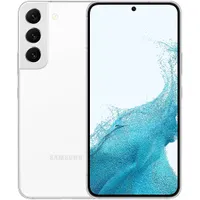TechRadar Verdict
The Xiaomi 12 is an attractive flagship phone that’s a little rough around the edges. While its small form, attractive design and fast charging ensure it plays well in the big leagues, its cameras, display and software experience are only ‘okay’. Given that this is a high-price flagship phone, we had hoped for better.
Pros
- +
Feels great in the hand
- +
Charges quickly
- +
Some fun camera modes
Cons
- -
Gets hot when gaming
- -
No zoom camera
- -
Irritating software issues
Why you can trust TechRadar
Two-minute review
We thought the Xiaomi 12 would be a close rival to Samsung’s Galaxy S22, but it’s not. Rather, it’s a message from the rapidly-growing Chinese company to its stalwart Korean rival: “this is how you make a small-form flagship phone”.
The standard entry in Xiaomi’s 2022 family of flagship phones – launched alongside the Xiaomi 12 Pro – this handset is the company’s first major device to eschew its typical mantra, bigger is better. Instead of putting out a giant smartphone, the 12 has a relatively small form and lesser specs to match. The Pro does all the heavy lifting with a huge screen, powerful camera array and fast charging.
In that way, the Xiaomi 12 is comparable to the Samsung Galaxy S22: it too is a small-form alternative to its Plus and Ultra siblings, offering good specs in a phone that you don’t need to stretch your fingers to use. They both cost a similar amount.
Xiaomi beats Samsung in a few key ways though. The 12 has a curved-edge display that really makes the phone comfortable to hold, the charging speed on the Xiaomi 12 is dramatically faster than on the S22, and its battery is a lot bigger too.
That’s not to say it’s a perfect phone: the device has a few rough edges that cropped up now and then during our testing process.
Xiaomi offers a few fun camera modes, like Sky editing which lets you digitally replace the sky in photos, or a fantastic macro option for close-up pictures. However, it’s missing an arguably key flagship feature: a telephoto lens for zoom photography. This leaves only digital or ‘cropping’ zoom when you use the camera app, and it means the phone isn’t amazing if you want to close the distance for a photo.
Xiaomi is one of a few phone brands that often only offers zoom cameras on the most premium products, but it’s a shame the feature is missing here. At least that issue is an intentional one; there are a few other problems with the phone that don’t seem like features.
Sign up for breaking news, reviews, opinion, top tech deals, and more.
First of these is the chipset – the Snapdragon 8 Gen 1 is very powerful, making it great for tasks that need lots of power, but it has a problem common in all the devices we’ve tested it in: it can get hot quickly. When taking the Xiaomi 12 through a few quick games of Call of Duty: Mobile or PUBG Mobile, the device warmed up to a noticeable extent. That was also the case when we first booted up the phone or charged it at all.
The Xiaomi 12 runs Android with the company’s MIUI laid over the top, which remains a divisive software. While it offers lots of customization and security tools, it has a few annoying features and bugs too – we found apps would frequently just close without our input, gesture navigation was surprisingly sensitive, and a security scan that’s done when a new app is installed always shows you an overlay above whatever else you were doing.
None of these problems ruin the experience of using the phone, but they’re all pretty annoying when you bump up against them.
We do need to point out that this isn’t the successor to the Xiaomi Mi 11, despite the name. That phone was bigger with a high-res display, which the Xiaomi 12 Pro has inherited - however, it does cost a fair amount more. The new Xiaomi costs the same as the older one, despite being smaller and having a lower-res display. So depending on what you’re looking for, you might find the 2021 flagship a better choice.
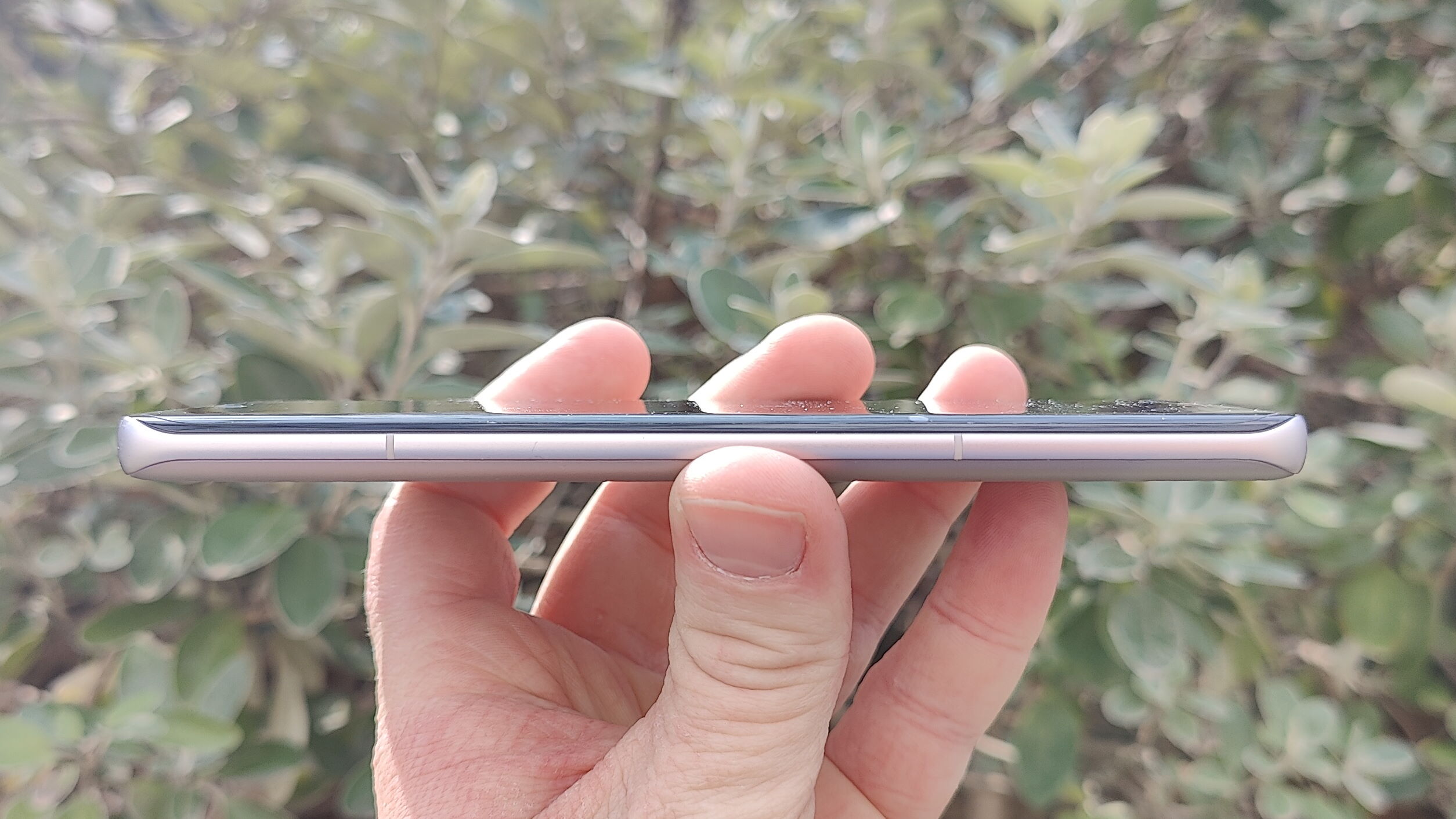
Since Xiaomi steered its flagship series away from its mid-range roots towards a more premium market tier, it’s been putting out good phones, but nothing that really wowed us like some of its fantastic value-for-money mid-range offerings like the Mi 9 or Mi Note 10.
The Xiaomi 12 is the same: it’s a decent phone, with lots of useful features, and it’s a good rival to lots of similar-priced mobiles. In fact it's one of the best Android phones and certainly one of the best Xiaomi phones. But you’re getting what you pay for, and not a drop more.
Xiaomi 12 price and availability
The Xiaomi 12 starts at $749 / £749 (roughly AU$1,320). That's if you want 8GB RAM and 128GB storage - you can bump it up to 256GB for $849 / £849 (around AU$1,500), and power-users might prefer that latter option.
Fair warning for Americans: despite the fact we have a price in US dollars, Xiaomi doesn't sell phones in the US, so this handset won't go on sale in the States. The dollar price is likely just a guideline, since it's a recognizable currency.
Want to know why we've compared the Xiaomi 12 so frequently to the Samsung Galaxy S22? Well, that handset costs $799 / £769 / AU$1,249 for 128GB storage, so it's incredibly close in price. If you've got more money to spend, the Xiaomi 12 Pro starts at £1,099 / £1,049 (about AU$1,850).
The official pre-order date was a joke of a choice - literally - as it was April 1, or April Fools' Day, before a 'proper' release of April 15.
Design
The Xiaomi 12 is one of the most compact phones we’ve seen from the company - we’re using ‘compact’ in the 2022 sense of the word, which is still quite big given how quickly the average size of smartphones is jumping up.
With dimensions of 152.7 x 69.9 x 8.1mm, and a weight of 180g, this phone isn’t going to stretch your palm or give your wrist a workout. We found it easy to get our digits around it and touch the power button and volume rocker on the right edge.

Helping that lovely ‘handfeel’ are two important factors. First, there’s the curved-edge display which ensures the device settles nicely against your hand. Second is the smooth textured glass on the back of the device which is a treat for your fingers.
This rear is a treat for the eyes too, at least the purple model we tested is. There are also gray and blue versions. We’d recommend trying to find a phone shop where you can check out these devices in real life, instead of relying on pictures.
The camera bump sticks out a fair way from the handset, so you’ll have to put up with a wobbly phone if you lay it flat on a table.
In terms of connectivity, the phone has a USB-C port but no 3.5mm headphone jack. There’s also an IR Blaster, which lets you use the phone as a remote for your TV or smart home features, but this requires compatible devices.
Xiaomi didn’t provide an IP rating for its phone, so we’d recommend trying not to drop it in the bath or getting it too dusty, just to be safe.
Display
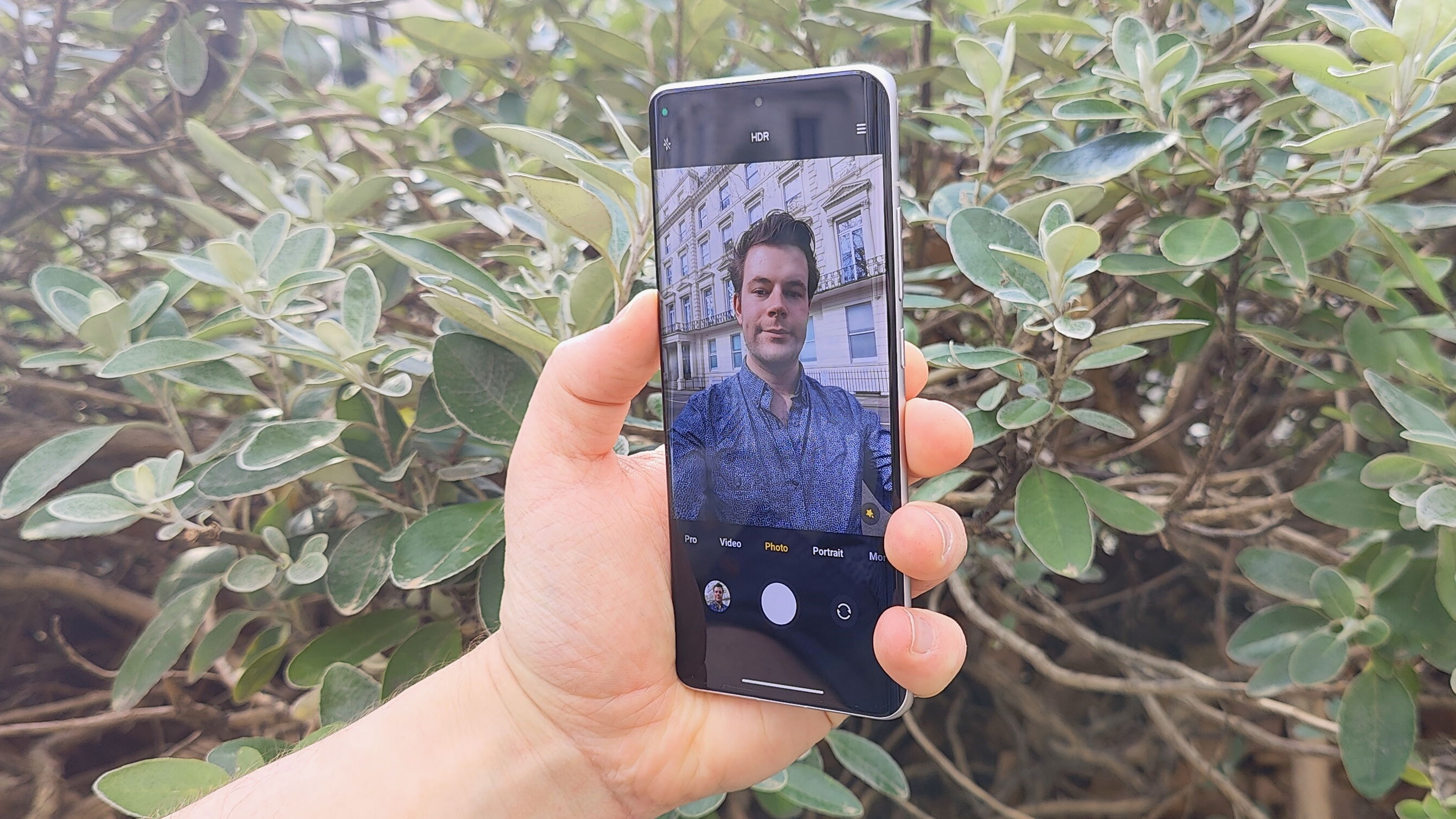
With a diagonal diameter of 6.28 inches, the Xiaomi 12’s screen is a lot smaller than we’re used to for the company.
The resolution is FHD+, or 1080 x 2400 – this is standard for the vast majority of Android phones, only super-premium or super-budget handsets have resolutions above or below this, though it’s worth pointing out that both the Mi 11 and 12 Pro beat it.
It’s an AMOLED panel, so colors look vibrant and there’s impressive contrast. The max brightness of 1100 nits will be sufficiently blinding whether you’re indoors or in direct sunlight.
There’s a refresh rate of 120Hz, so the display refreshes 120 times per second, which makes motion (from gaming or just scrolling social media) look smooth. Xiaomi also boasts that the display supports 68 billion colors, with Dolby Vision and HDR10+ support, but you’re probably not going to notice these features if you’re just streaming a 90s sitcom over shaky 4G.
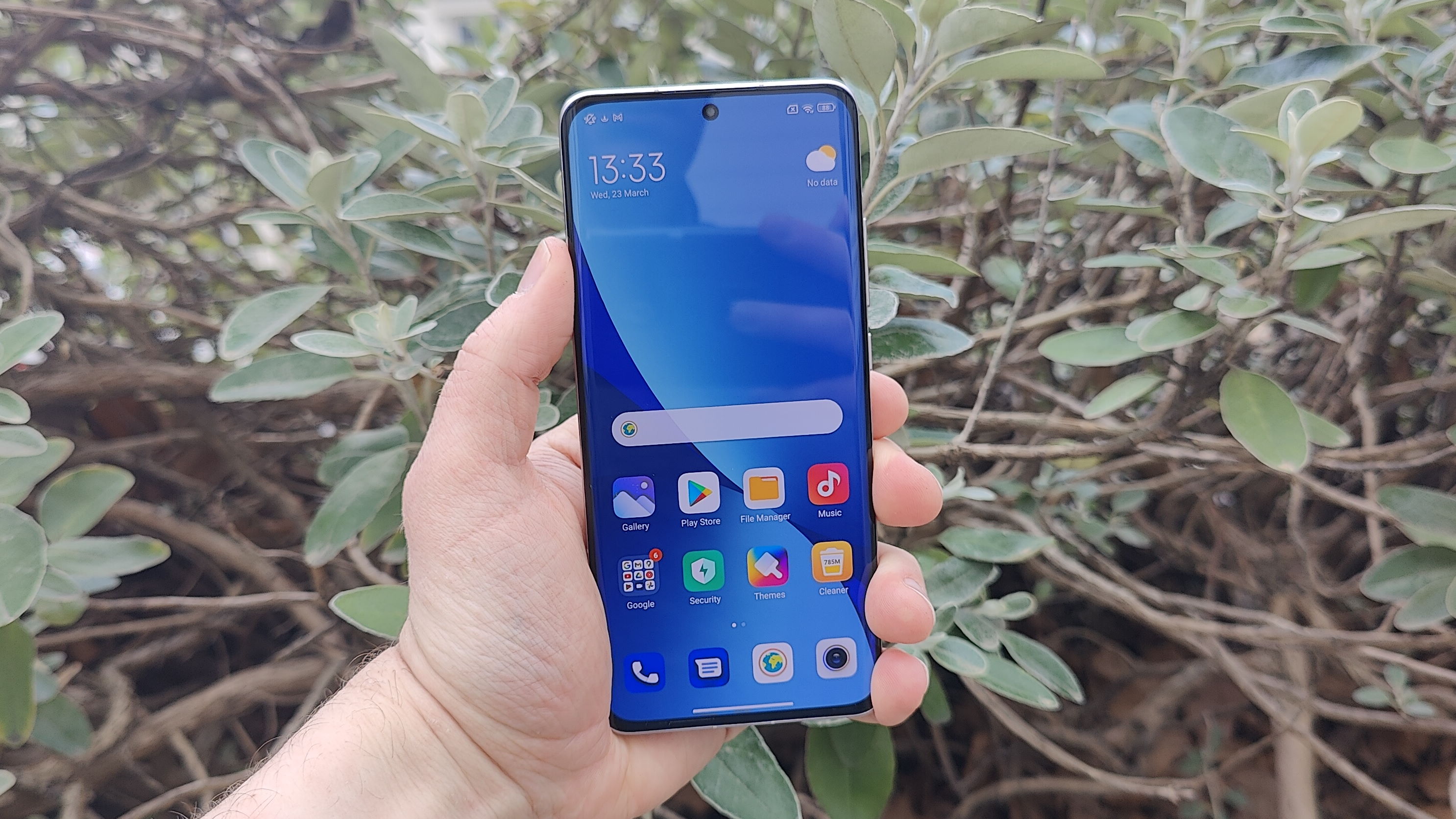
Curved-edge displays can be quite a divisive feature among phone fans. The fact that the Xiaomi 12 has one and the Galaxy S22 doesn’t could be quite a big deciding point for buyers. We found the Xiaomi avoided accidental touches easily though. The screen is also broken up by a relatively small punch-hole display at the top center.
Cameras
The Xiaomi 12 has three rear cameras: there’s a 50MP f/1.9 main, 13MP f/2.4 ultra-wide and 5MP f/2.4 telemacro snapper. For context, that’s the same as the Mi 11 except with that phone’s 108MP snapper replaced with a 50MP one - apparently, Xiaomi deigned to come off its high-res high horse.
Resolution isn’t everything for photography, which is likely why Xiaomi’s 108MP-to-50MP descent could really be described as an upgrade – the sensor size is bigger now, meaning pictures are brighter.
Pictures taken on the main camera look good, with vibrant colors, impressive contrast, and lots of detail. That was the case for pictures of people, close objects or wider vistas.
We did notice a weird issue with the camera app’s AI scene optimization, though. It felt a little overzealous in tweaking images – some snaps looked oversaturated, and others, especially Portrait shots, had the darker areas crushed to a surprising degree. We’re all for dramatic-looking profile pictures, but some looked strange.
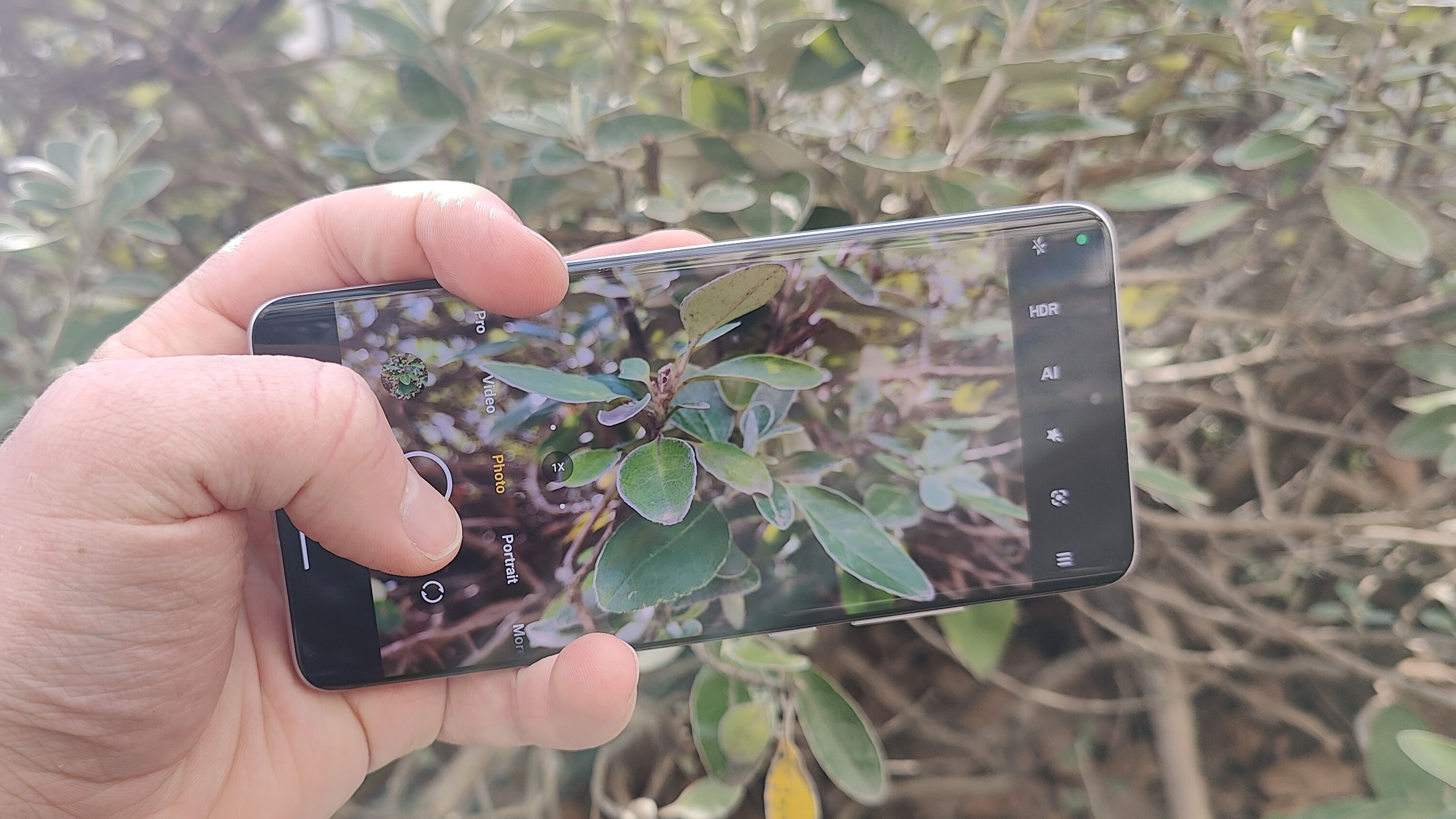
Making a welcome return is the telemacro camera, which we saw in the Mi 11 as well as several subsequent handsets from the company. If the word ‘macro’ in phone cameras makes you roll your eyes, that’s justified, as we see loads of 2MP macro cameras thrown into budget handsets to flesh out the specs list - but that’s not the case here.
Xiaomi’s telemacro lens lets you take a detailed close-up shot without holding the phone too close to a subject, ensuring you don’t block out the light with the phone. With this, we took great-looking snaps of plants, food and textures.
Rounding out the party is the ultrawide snapper which is good, but nothing to write home about. Shots looked a little paler on this than similar ones taken on the main camera, but they were bright and not overly distorted.
Some similar-priced smartphones have telephoto cameras for optical zoom, but there’s no equivalent here, so if you zoom in on the camera app, you’re using digital zoom (basically cropping snaps from the main camera). Pictures up to 2x look fine but travel in at 5x and there’s some grain, which becomes very apparent at the maximum range of 10x.
Sure, zoom photography isn’t as popular as ultrawide or macro (hence Xiaomi, and other phone brands, avoiding it even at the top end of phones), but the lack of a telephoto or periscope lens limits the photography potential of the phone.
On the front there’s a 32MP f/2.5 camera for selfies. Pictures looked nice and bright, especially Portrait shots, and that mode was also great for balancing the subject and background and adding realistic-looking background blur.
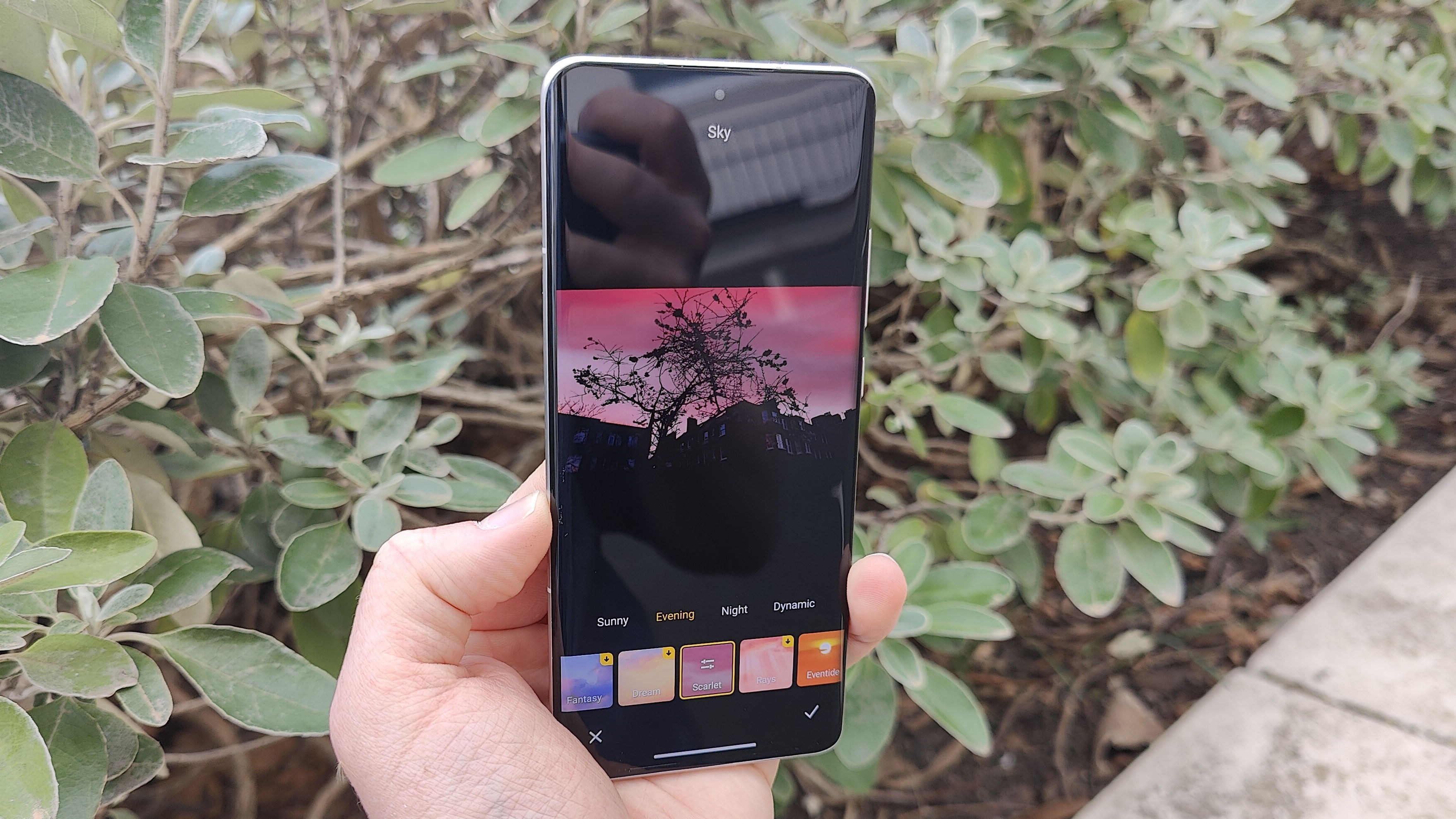
This phone might not be the best option for serious photographers though, as the camera modes range from fun to weird, more for social media than art galleries.
Our favorite mode remains Sky editing. In the Gallery app, you can edit pictures to replace the sky with one of a handful of presents. The resulting pictures can look surprisingly believable, especially because the rest of the shot is edited to reflect the different skyboxes (an orange hue at sunset, a darker tone at night, etc).
There’s also Vlog, which lets you shoot short video clips that it automatically edits into a montage; Clone, which lets you shoot a video, then record another one, then layer one over the other (you can be in both shots doing different things, hence ‘clone’); and Movie Effects, which adds color grades and lets you digitally recreate some interesting editing tricks like dolly zoom.
You have to install these modes in the camera app, which takes some time, so make sure to set up with a good Wi-Fi connection before you go on your photoshoot.
If you want to record good old ‘normal’ videos, without tricks or effects, you can do so at 8K and 24fps, or 4K at 60fps with extras like HDR, stabilization, digital bokeh, or simple color filters on top. There’s also slow-mo, which goes to a surprisingly slow 1920fps – that is, if you shoot in 720p, if you want to record at 1080p you’re capped at 960fps (which is still certainly slow).
Camera samples










Performance and specs
We’re considering the Xiaomi 12 as proof that top-end chipsets often bring more hassle than they’re worth. Sure, the Snapdragon 8 Gen 1 chip here is incredibly powerful, but most users won’t find any demonstrable differences between that chip and a mid-range one, and its big issue is more than obvious.
When we put the device through the Geekbench 5 benchmark test, it returned a multi-core score of 3401. For context, the OnePlus 8 Pro got exactly that score, the OnePlus 9 got 3654, the Xiaomi Mi 11 got 3569 and the Realme GT got 3508. Other than the 8 Pro, those phones all packed the predecessor chipset to the 8 Gen 1. Two other handsets we’ve tested with the newer chip, the Oppo Find X5 Pro and Samsung Galaxy S22 Ultra, got 3270 and 3417 respectively.
So what does that mean? Well, it shows that the Xiaomi 12 is one of the most powerful Android phones we’ve tested, but that it doesn’t bring meaningful upgrades over its one-year-old and two-year-old predecessors (in terms of processing at least, there’s evidence that it brings battery optimization perks).
That’s not the end of the world, as most mobile games are optimized to play equally well on different phones, so any score about the low 2000s is fine for any title you’ve heard of.
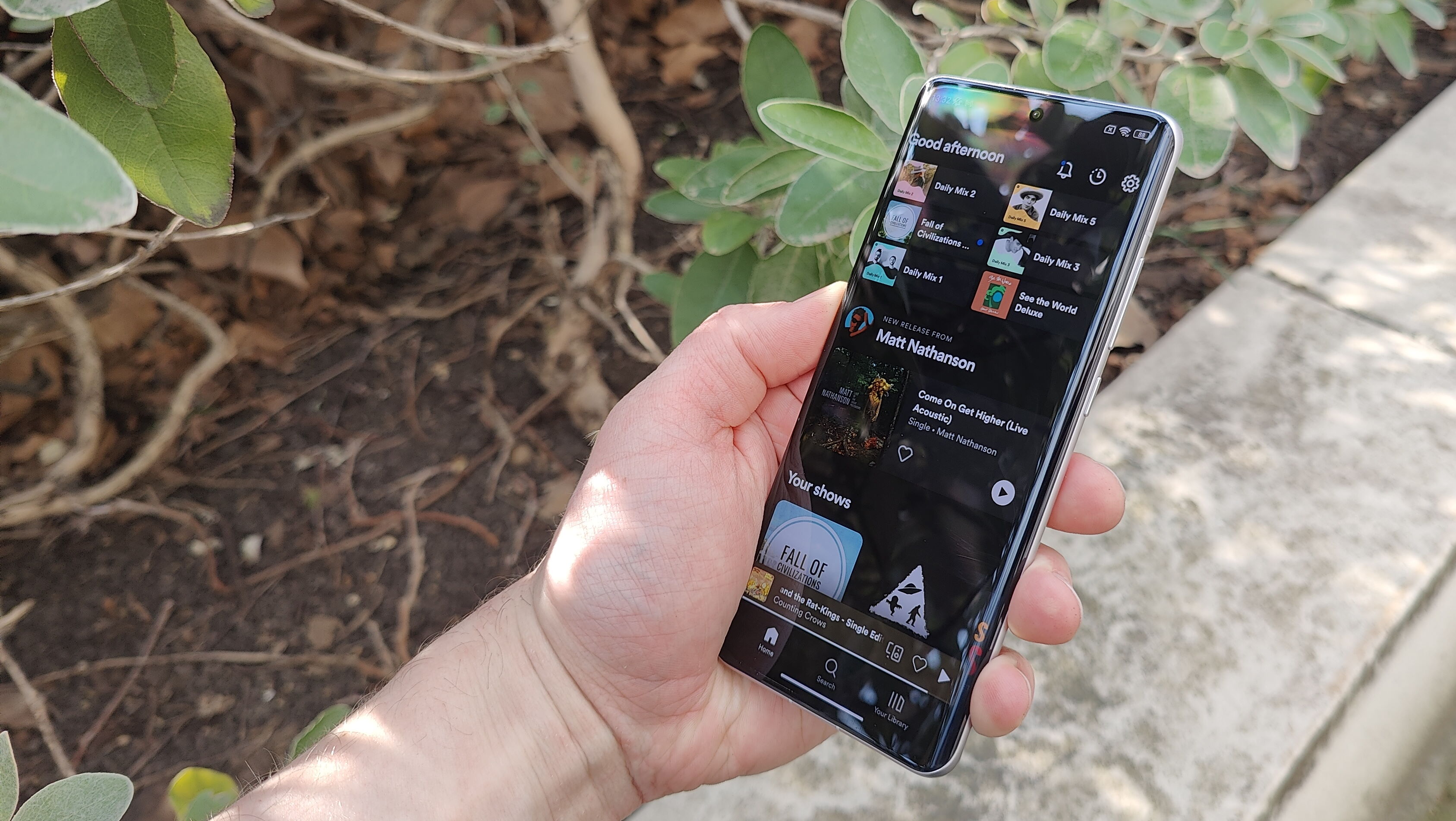
Gaming on the Xiaomi 12 was an impressive experience, with few lags and quick loading times. However, the negative side of the Snapdragon 8 Gen 1 reared its head: like its predecessors, it’s prone to heating up quickly under intensive use and that includes gaming. So even a quick game of PUBG: New State caused the handset to heat up noticeably, and we made sure to take a pause between rounds to ensure it didn’t get too hot.
This overheating issue could be a problem for prolific mobile gamers, especially since the mid-range Snapdragon 700 series processors don’t have this problem, and gaming isn’t too different on them.
Beyond the chipset, the phone comes in three variants: there’s 8GB RAM and 128GB storage, then 8GB/256GB, or 12GB/256GB. This is a 5G phone, so you can connect to the faster mobile network if it’s offered where you live, though as with all phones, your speeds will depend more on your network and area than the phone you’re using.
The Xiaomi 12 has speakers tuned by Harman Kardon, a premium audio brand, but there’s only so much you can do with a phone speaker and so, while music sounds decent when played out loud, turning the volume high will result in tinny audio.
Software
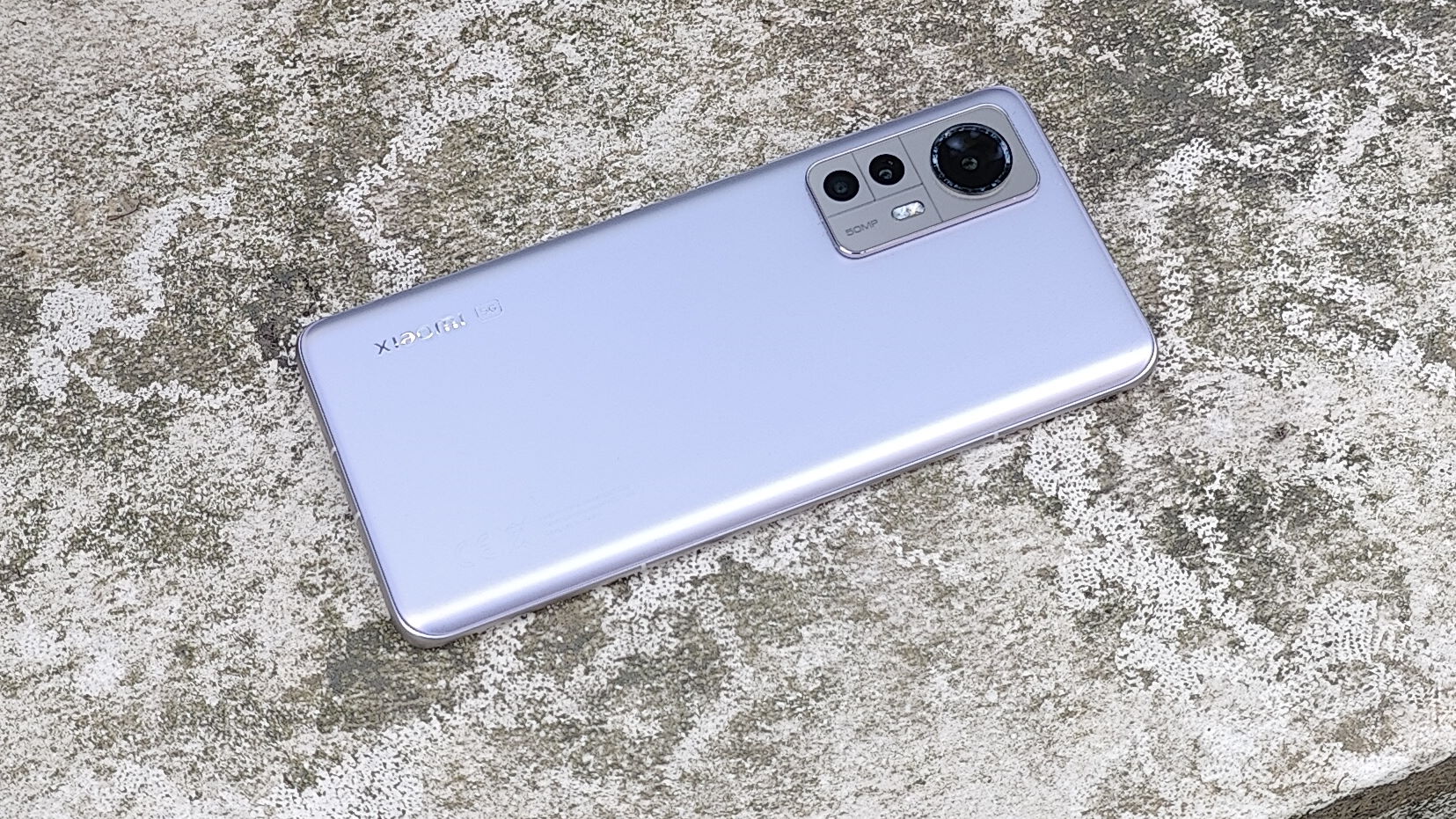
MIUI is often a point of contention for Xiaomi fans or naysayers - it’s Xiaomi’s fork of Android, this time laid over Android 12, and it’s often either buggy or full of bloatware.
Well, both of those issues are represented here, but they’ve been turned down quite far. There are only a few annoying pre-loaded apps, so it didn’t take long to delete extras like Joom or TikTok from our home screen, but weirdly there are icons for other ‘pre-installed’ apps that haven’t been installed.
You’re meant to tap these to download them. While we sort of appreciate Xiaomi not straight-up installing these onto the phone from the off, the fact that they still take up space on the phone’s menu rather undoes the issue.
Our main issues with the Xiaomi 12’s software were more in the bugs side of things, as well as annoying intentional features. For example, when you install an app on the phone, a security scanner pops up to tell you that the app is clean – except it pops up over whatever else you’re doing, even if you’re watching a movie or on a video call.
There are bugs too. We often found apps would randomly close for no reason, even if we didn’t tell them to. This could be because they crashed, but it even happened for social media and note-taking applications. We also felt that the gesture navigation was so sensitive it can’t have been intentional – even a tiny swipe from the side would take you back a page.
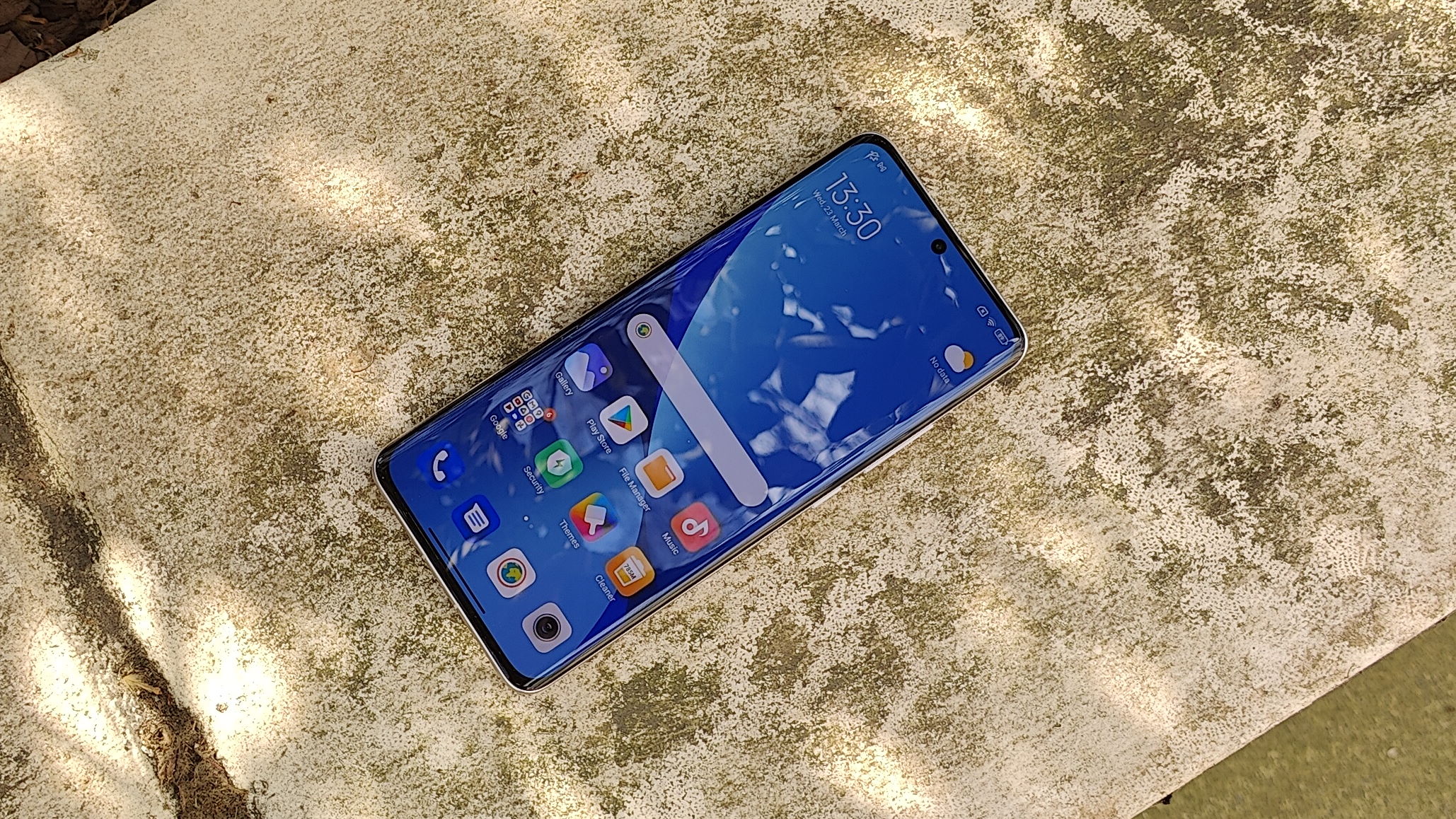
MIUI isn’t all bad news, as it’s quite good for customization, and we really like the pre-installed wallpapers and always-on display themes you can pick from. We also like the iOS-style swipe-down menus, where notifications are in one panel (which you can open by swiping from the left side of the top of the display) and quick settings are in another (on the right side), instead of being bundled together as in stock Android. While this takes some getting used to, it makes it much easier to toggle features or check who’s been messaging you.
A new always-on display feature is the ability to set a picture in a window, so when you’re not using the phone, you can see this icon, as well as the date, time and battery percentage. You could use this for a picture of a pet, loved one, or beloved location – or, if you’re like us, just a snap of yourself.
Battery life
The Xiaomi 12 has an impressive amount of lasting power, given how many features are all clawing away at its precious energy.
We typically test a phone with all the bells and whistles engaged – we’re always connected to 5G if it’s available, we turn on the always-on display, lock the display resolution to full, keep background processes running, keep 120Hz refresh rate enabled, and so on. These features drain battery life, but even with them all enabled, the phone lasted a full day of use through the entirety of our testing period.
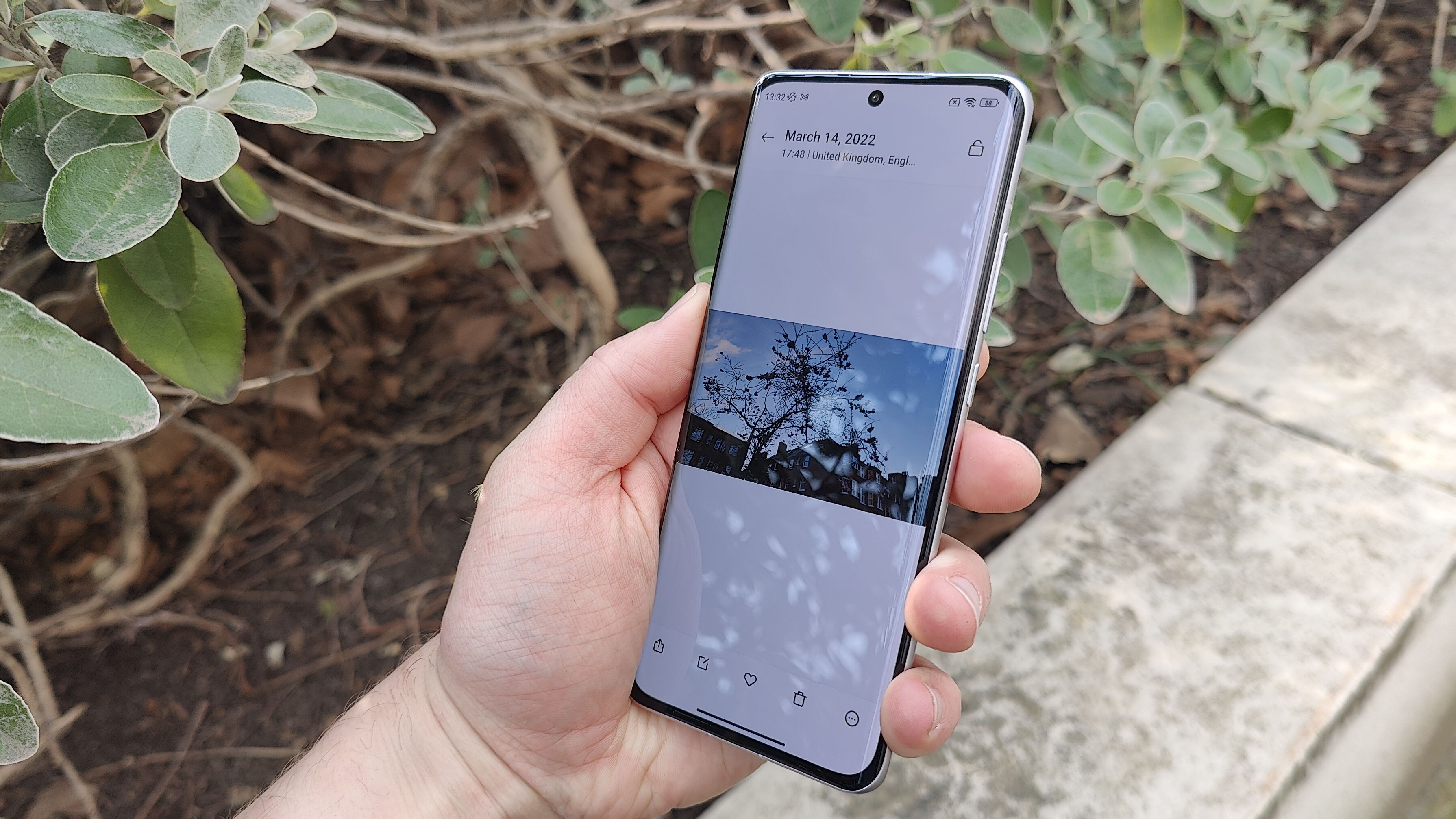
That includes when we were gaming, taking loads of pictures, or using maps all the time. The phone’s 4,500mAh power pack is definitely more than enough, though we imagine that the relatively small display helps too.
Charging is done at 67W if you use a wired charger, and that’s lovely and fast, getting the handset powered from empty to full in less than 40 minutes if you use a good enough charger. Sure, it’s not the 120W of its Pro sibling or even the 80W of the OnePlus 10 Pro or Oppo Find X5 Pro, but it’s much quicker than the 25W of the Samsung Galaxy S22.
There’s also 50W wireless powering, which is also snappy, especially since brands generally don’t offer cable-free powering that goes as fast as its wired alternative. Expect a full charge in under an hour with this.
Finally, there’s reverse wireless charging at 10W, which lets you power up another device using the Xiaomi 12 as a charging pad. However, we’ve found this method of power-sharing incredibly inefficient, so we wouldn’t recommend it.
Should I buy the Xiaomi 12?
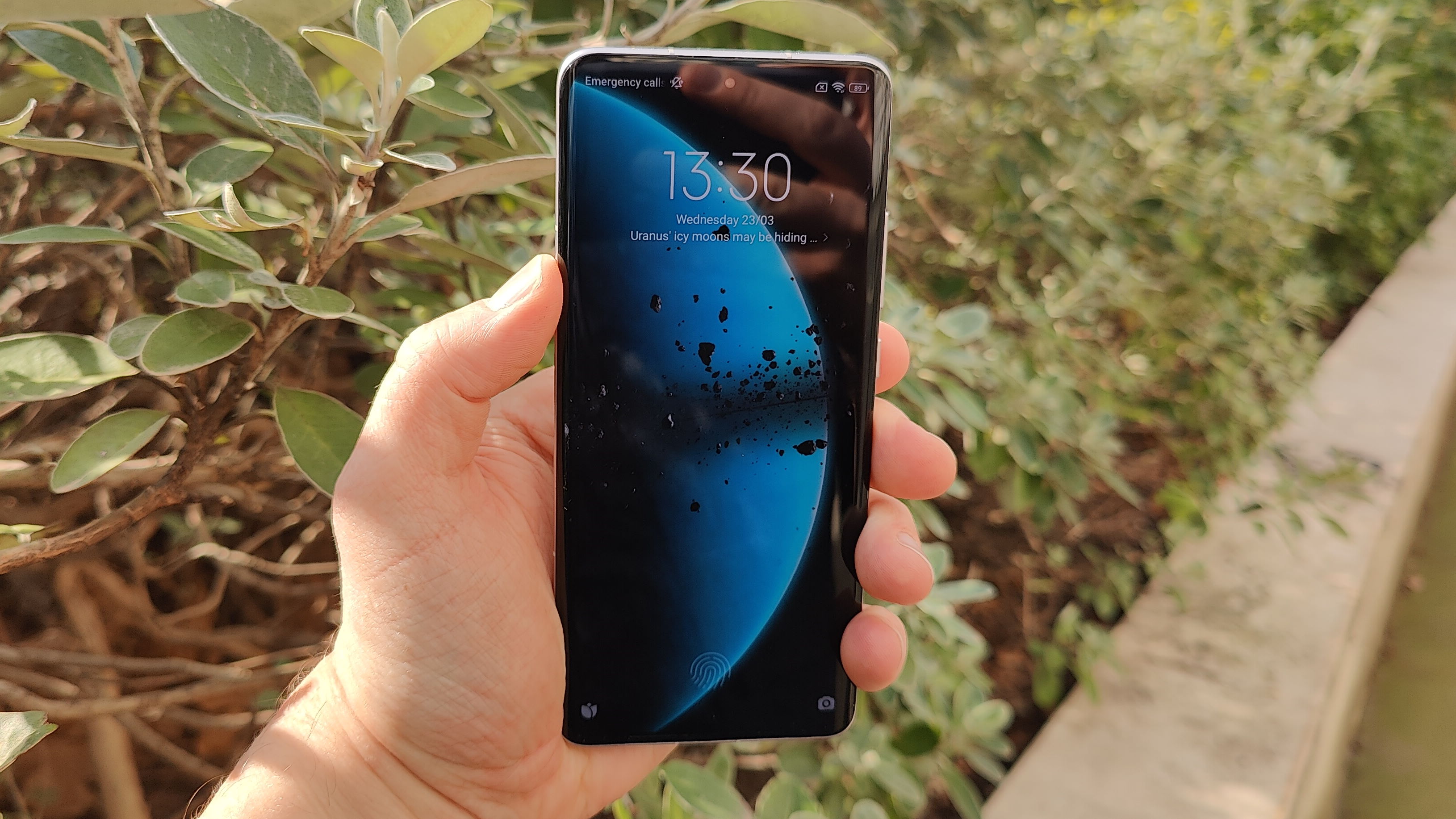
Buy it if...
You want a compact flagship
The Xiaomi 12 gives you that Xiaomi experience in a relatively small form, so if you don’t want to stretch your fingers on a phablet, it’s a good choice.
You love macro photography
The Xiaomi 12 gets its predecessor’s fantastic telemacro camera, which is incredibly impressive for pictures of close-up subjects.
You don’t like charging your phone
Between its long-lasting battery and quick charging, the Xiaomi 12 won’t need to be plugged into the wall too much, making it useful for people with busy lives.
Don’t buy it if…
You like zoom photography
The Xiaomi 12 misses out on a telephoto camera and doesn’t offer good digital zoom either, so it’s not great for people who like to photograph from long distances.
You want a high-res screen
The Xiaomi 12 Pro offers a higher-res display than the 12, as does the Mi 11, so if you want to view 2K resolution videos, you should opt for one of them.
You’re on a budget
If you don’t have much cash to spend on a new smartphone, there are some mid-range offerings that might be just as good for you, from Realme, Honor or even Xiaomi’s own Pocophone and Redmi.
Also consider...
Samsung Galaxy S22
We've mentioned Samsung's latest flagship a lot through this review, and for good reason. It's another triple-camera small-body powerhouse. It's got a zoom camera which you won't find here and also a flat-edge display, but it's slower to charge and packs a smaller battery.
Check out our Samsung Galaxy S22 review
iPhone 13
If you're willing to look outside the Android sphere, Apple's flagship iPhone is one choice. It's roughly the same size as the Xiaomi, and is a touch more powerful, but only has two rear cameras and charges slower.
Check out our iPhone 13 review
Xiaomi Mi 11
The Xiaomi 12's year-older predecessor is a great choice, especially since it's seen an extra year of price cuts. It has the same software, fast charging, a higher-res main camera and a bigger, higher-res display.
Check out our Xiaomi Mi 11 review
- First reviewed March 2022
How we test
We pride ourselves on our independence and our rigorous review-testing process, offering up long-term attention to the products we review and making sure our reviews are updated and maintained - regardless of when a device was released, if you can still buy it, it's on our radar.

Tom Bedford joined TechRadar in early 2019 as a staff writer, and left the team as deputy phones editor in late 2022 to work for entertainment site (and TR sister-site) What To Watch. He continues to contribute on a freelance basis for several sections including phones, audio and fitness.

